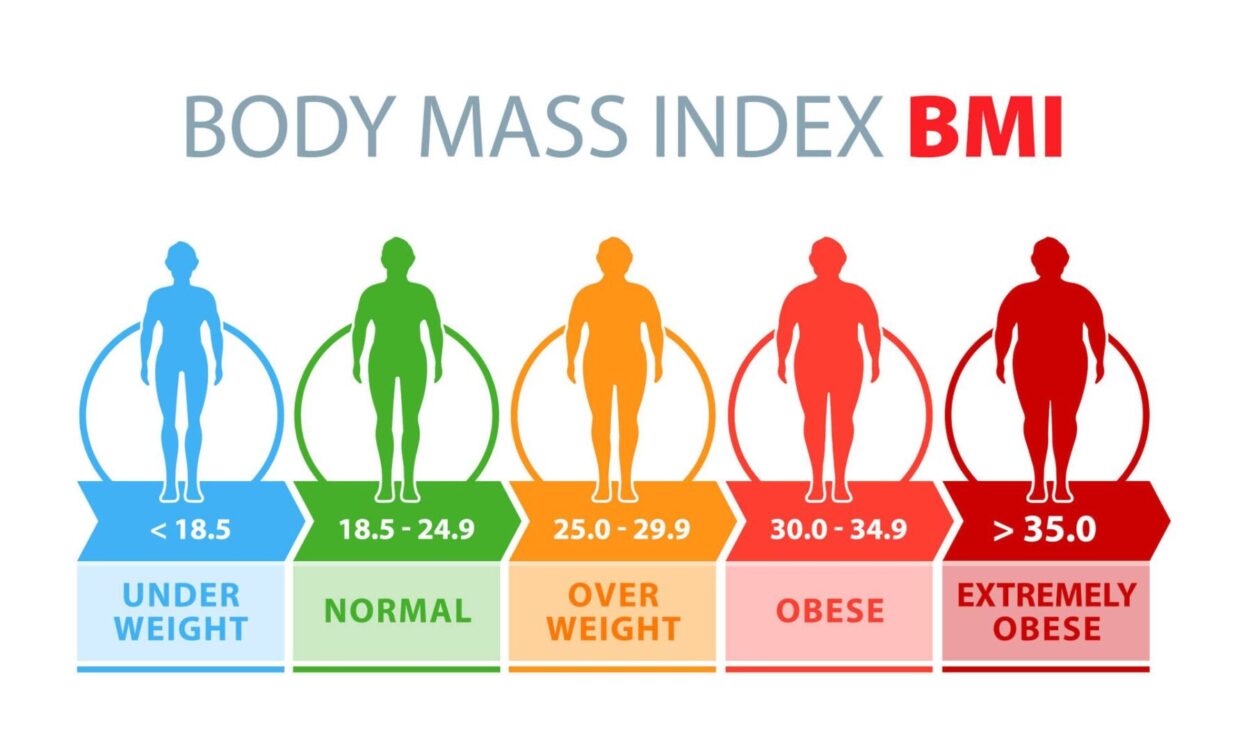What Is Body Mass Index (BMI) and How Is It Calculated?
The Body Mass Index (BMI) is a measurement used to assess weight in relation to height. It is calculated by dividing a person’s weight in kilograms by the square of their height in meters:
BMI = Weight (kg) / Height (m)²
BMI is commonly used to determine whether an individual is underweight, at a healthy weight, overweight, or obese. A high BMI is associated with an increased risk of developing certain health conditions, such as heart disease, type 2 diabetes, and some forms of cancer.
How to Calculate BMI
To calculate your BMI, divide your weight by your height squared.
Example:
If a person weighs 70 kg and is 1.7 meters tall, the calculation would be:
BMI = 70 / (1.7 × 1.7) = 24.2
This BMI value helps determine whether a person is at risk for chronic illnesses or obesity.
BMI Categories
- Under 18.5: Underweight
- 18.5 – 24.9: Healthy weight
- 25.0 – 29.9: Overweight
- 30.0 – 34.9: Obesity (Class 1)
- 35.0 – 39.9: Obesity (Class 2)
- 40.0 or higher: Obesity (Class 3 – Severe or Morbid Obesity)
Health Risks Associated with a High BMI
A higher BMI increases the risk of several health problems, including:
Depression
Heart disease
Stroke
Type 2 diabetes
Certain types of cancer
Osteoporosis
High blood pressure
Respiratory conditions




